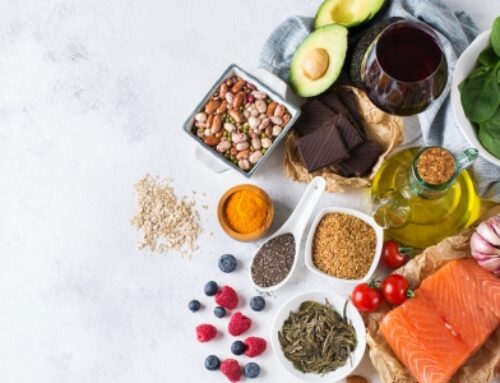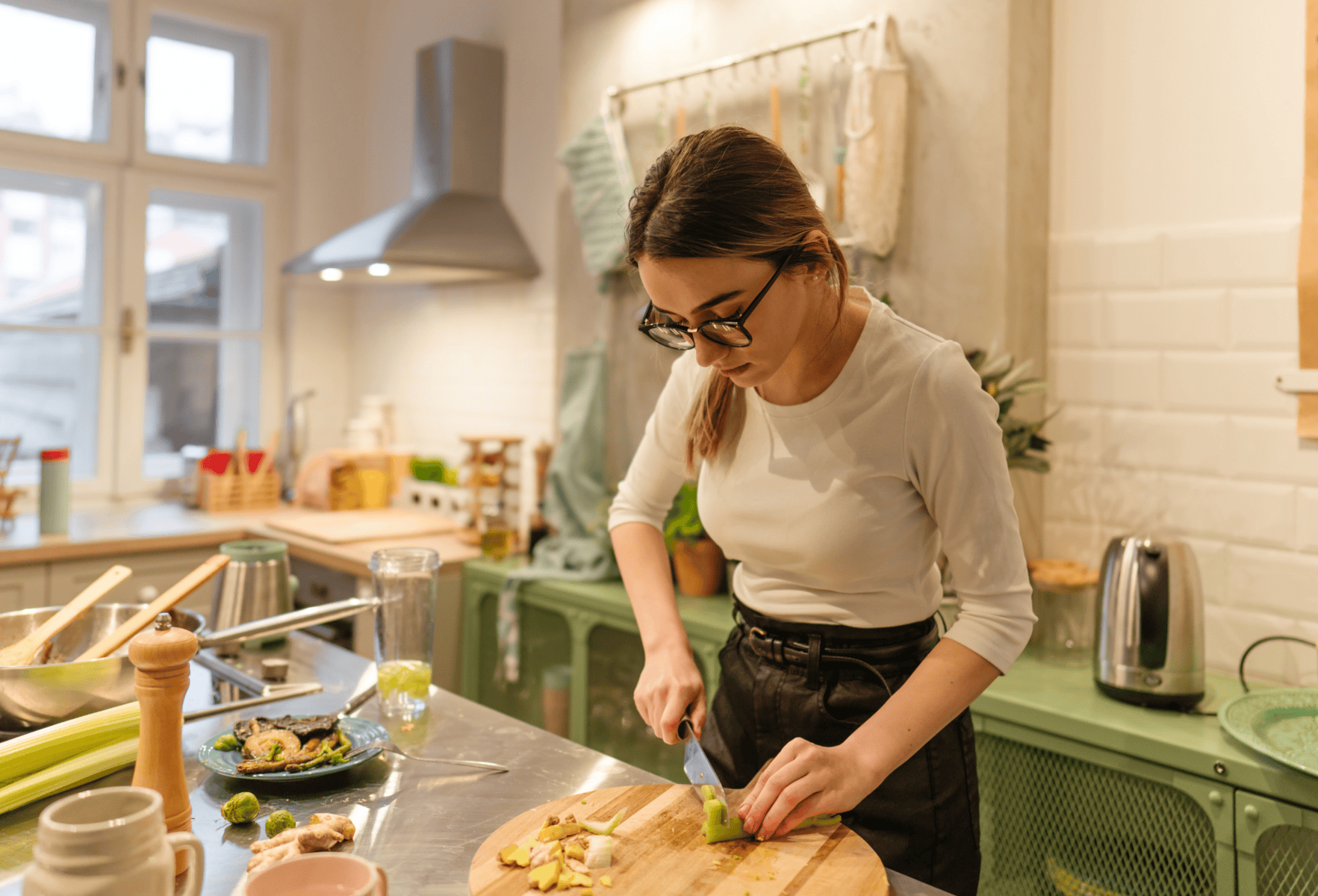
Cooking for one often comes with challenges. You might find yourself tossing out unused ingredients or getting tired of eating leftovers all week. Without a clear plan, it’s easy to feel like the effort just isn’t worth it.
But solo cooking doesn’t have to be a burden. You’re in full control of what you eat, when you eat, and how much you make. It’s a chance to get creative, experiment with flavours, and learn what you truly enjoy.
Choosing to cook at home instead of defaulting to takeout can also help you cut costs, reduce unnecessary packaging and waste, and improve your overall health through more balanced, intentional eating.
If you’re unsure where to start, or feel stuck in a cycle of takeaway meals, don’t worry. With a few smart strategies, cooking for one can become simple, flexible, and tailored just for you.
1. Get the recipe ideas out of your head!
It’s easy to mentally collect recipes or meal ideas… but when it comes time for planning, our minds often go blank.
Try writing down your go-to meals and organising them into helpful categories, like:
- Breakfast / Lunch / Dinner / Snacks
- Bulk meals / Quick and easy / New meals to try
Having a list in front of you can make weekly planning feel far less overwhelming—and saves time too.

Download your own version of this table here.
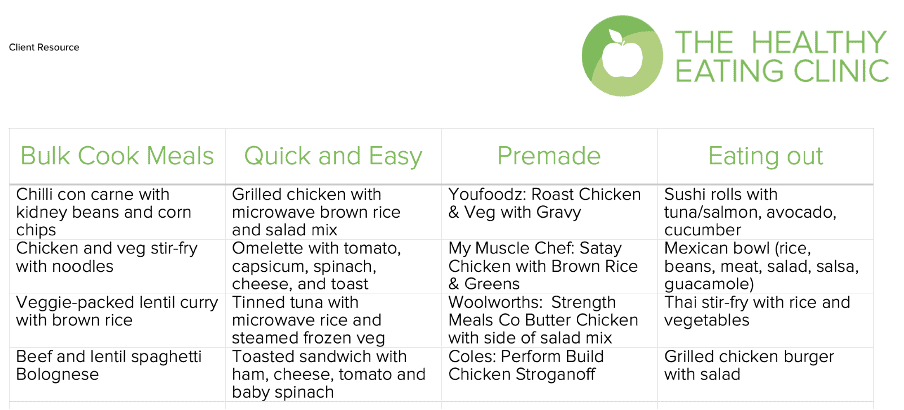
Download your own version of this table here.
2. Make a plan
Set aside just 10 minutes each week to plan your meals ahead. And if planning for the whole week feels like too much, start smaller—2 to 3 meals is a great place to begin.
Not sure where to even start with meals? Choose a protein source and build your meal around that. Then jot down a quick shopping list with any fresh produce, pantry staples, or fridge items you’ll need to bring it all together.
For example:
Chicken:
- Chicken and veggie tray bake
- Chicken breast, baby potatoes, zucchini, capsicum, red onion, olive oil, dried oregano or rosemary
- Chicken fajita bowl
- Chicken breast, brown rice, capsicum, tomato, lettuce, onion, avocado, lime, fajita seasoning
- Chicken pasta bake
- Chicken breast, peas, baby spinach, corn, penne, pesto, grated cheese.
Tofu:
- Tofu stir-fry
- Tofu, stir-fry sauce, noodles, frozen stir-fry veg mix
- Tofu curry
- Tofu, Thai curry paste, coconut milk, frozen stir-fry vegetables, rice
- Tofu poke bowl
- Satay flavoured tofu, rice, carrot, snow pea, red cabbage, sesame mayo.
3. Make leftovers work for you
Leftovers are your best friend when cooking for one. Try making meals that stretch across a few days or meals to help reduce waste and save on time.
Another idea is to cook the protein part of the meal and then mix it up with different sides or bases. For example, leftover roast chicken can be used in a wrap for lunch, an omelette for breakfast, or in a pasta bake for dinner.
4. Don’t be put off by big recipe serves
You don’t need to avoid recipes that serve four or more. Just halve them—or even divide them into thirds or quarters. Most recipes are more flexible than they seem.
Alternatively, cook the full amount and portion out leftovers for future meals. You can enjoy two portions this week and freeze the rest for a fortnight’s time. That way, you don’t get stuck eating the same thing every night!
5. Utilise your freezer
Your freezer is one of the best tools when cooking for one. You can freeze leftovers for later, or stock up on frozen fruits and veggies to save time on prep.
Having a few frozen options on hand can save you time, reduce waste, and take the stress out of cooking when life gets busy.
6. Use up odd ingredients
Got a random collection of ingredients in the fridge or cupboard? Don’t let them go to waste—type them into Google or ask AI for meal ideas with what you’ve got. You’ll be surprised by the recipes that pop up!
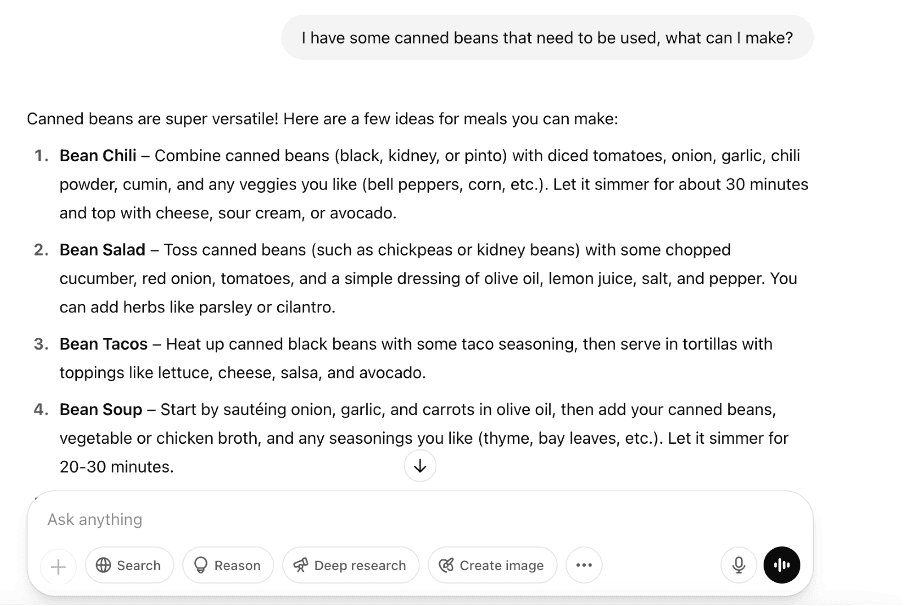
7. Utilise pre-prepared foods
Grocery stores are getting better at offering pre-chopped or frozen fruit and vegetables, which can be a great way to save time and effort. These can make a big difference when energy is low, or time is tight.
Even pre-made meals can have a place—just try pairing them with a side of vegetables or salad to boost the nutrition and help make them more satisfying.
For example:
 |
 |
 |
|---|---|---|
 |
 |
 |
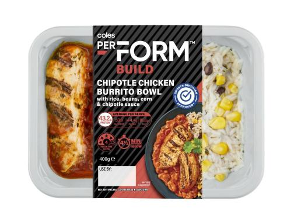 |
 |
 |
8. Keep it simple
Not every meal has to look MasterChef-worthy. Focus on meals that fuel your body, support your wellbeing, and that you’ll actually enjoy eating.
Cooking for one doesn’t have to feel like a burden. With a few small shifts and some helpful habits, solo cooking can actually become something you enjoy—and feel good about. Keep it simple, flexible, and realistic. And most importantly, make it work for you.
Do you want individualised advice to maximise your health through good nutrition? Our team are here to help!

